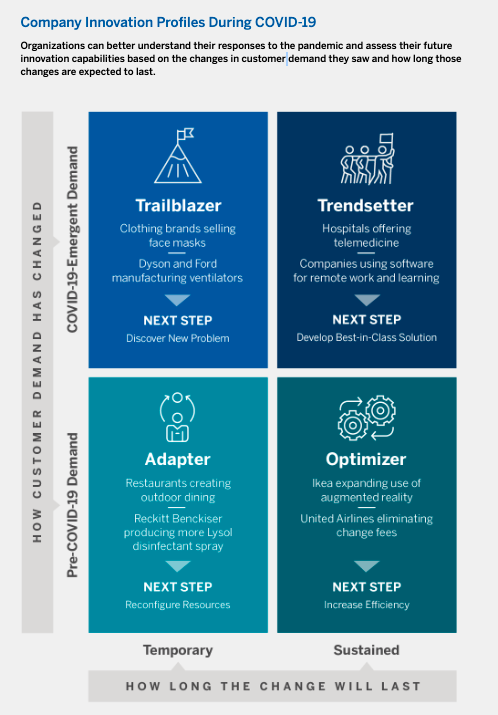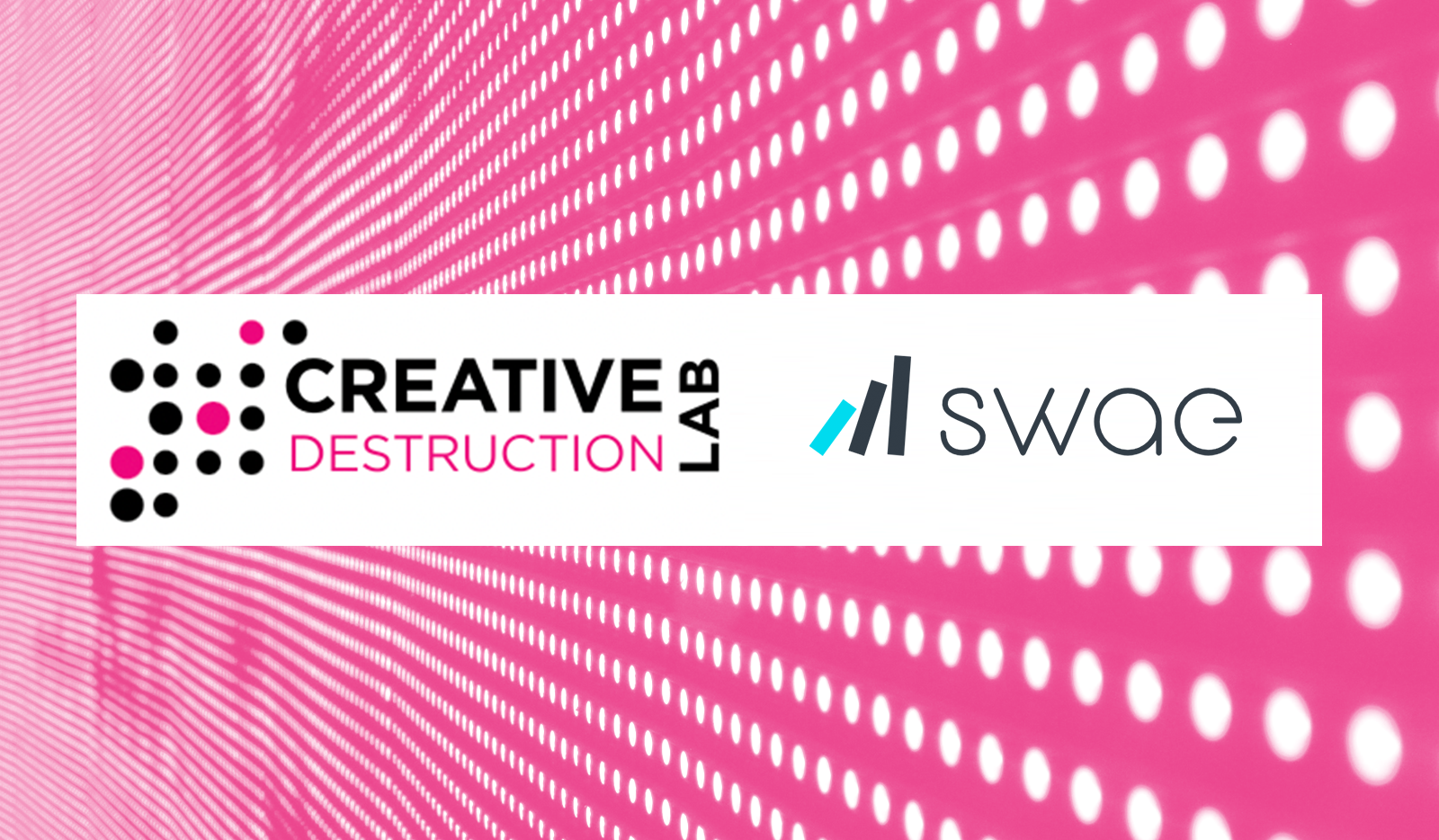How to be seen as a Brilliant and Bold Leader [Become a great Communicator] 1 June 2022 4 min ReadThis is a recap of Harvard Business Review @HarvardBiz ’s Good Leadership is About Communicating Why, by Nancy Duarte @nancyduarte. Becoming a bold leader means that...
![How to be seen as a Brilliant and Bold Leader [Become a great Communicator]](https://swae.io/wp-content/uploads/Resources_Swae_Harvard_Business_review_How-to-Be-Seen-as-a-Brilliant-and-Bold-Leader-Become-a-Great-Communicator-1080x675.png)
How to be seen as a Brilliant and Bold Leader [Become a great Communicator]

How to be seen as a Brilliant and Bold Leader
[Become a great Communicator]
1 June 2022 4 min Read
![Swae_Harvard_Business_review_How to Be Seen as a Brilliant and Bold Leader [Become a Great Communicator].png Swae_Harvard_Business_review_How to Be Seen as a Brilliant and Bold Leader [Become a Great Communicator].png](https://swae.io/wp-content/uploads/african-american-businessman-boss-with-group-of-bu-2021-09-01-21-09-40-utc.png)
This is a recap of Harvard Business Review @HarvardBiz ’s Good Leadership is About Communicating Why, by Nancy Duarte @nancyduarte.
Becoming a bold leader means that communication should be your top priority. More than that, extremely clear communication should be what you’re consistently striving for, because everyone works better when there are no questions left on the table.
“ Leaders explain the ‘what’ of their insights and the ‘how’ of applying the findings. This is how most leaders approach their talks, especially professionals who are deep subject matter experts. They focus on the content they want to share. Many leaders don’t even consider the why from the audience perspective because it seems so self-evident to them, they think it’s obvious to everyone.”
Nancy Duarte @nancyduarte.
MORE KNOWLEDGE | LESS TIME
The Two Minute Takeaway
KEY TAKEAWAY 1
Get to the crux of the “why” to whatever you’re communicating.
The what and the how are often easily transcribed into emails, memos, chats, speeches, etc., but rarely is the why extremely clear. You can ask yourself “what” questions to get to the why more easily:
A. What is at stake if we do or do not do this?
B. What will the future look like if we get this done? What would the state of the human condition be if we did or didn’t do this?
C. Have someone else ask you “so what” until you can’t answer it anymore. That’ll get you to the root of “why.”
KEY TAKEAWAY 2
Think about what action you’re asking your audience to take, and then follow it with “because.”
Here are some samples:
A. We need to integrate this faster into our system because…
B. If we don’t do this, then X will happen because…
C. If we do this now then we won’t hit problems X or Y because…
KEY TAKEAWAY 3
Share ideas you abandoned and why.
If you show you’ve explored varying options and why they aren’t the best routes to take, it’ll help convince others and get everyone on the same wavelength of thinking that you’re on.
People cannot read minds so the whole truth has to get out and onto “paper” so that everyone can see the line of thinking.
Why This Matters
Sharing the ‘Why’ around decisions that have been made, why a pathway chosen, explaining full concepts when problem-solving or coming up with ideas are all incredibly essential the good leader’s toolbox. This will show that you care for others by getting everyone onto the same page.
This is how people become inspired and motivated and how you can become a more efficacious leader and clear communicator (two vital foundations to bold leadership).

How to be seen as a Brilliant and Bold Leader
In today’s ever-evolving remote/hybrid working environments, things are shifting more and more and clear communication could not be more important. In these environments, what leadership skills do you need most?
Communication is at the tippy top of this report that displays votes of the most important skills needed for all management positions (from The Skills Every Leader Needs by Jack Zenger and Joseph Folkman).
The way you inspire and motivate others is through communication, and the way that communication gets even better is when it’s backed by high integrity and honesty.
As we all know, data never lies!
Here’s a great chart to show you what skills should be polished to move you into that bold leader quadrant:
![Resources_Swae_Harvard_Business_review_How to Be Seen as a Brilliant and Bold Leader [Become a Great Communicator]- Resources_Swae_Harvard_Business_review_How to Be Seen as a Brilliant and Bold Leader [Become a Great Communicator]-](https://swae.io/wp-content/uploads/Resources_Swae_Harvard_Business_review_How-to-Be-Seen-as-a-Brilliant-and-Bold-Leader-Become-a-Great-Communicator-.png)
Using Missions & Proposals, Swae helps our clients be bold leaders by
- getting to the crux of what problems the organization needs solving,
- lets everyone propose actionable ideas complete with justification (‘the because’)
- and gives a transparent archive of ideas that were abandoned so everyone can understand why and start a cycle of continuous improvement.
Join our community and get the inside scoop, the latest insights to hack your innovation and helpful tips from our gurus.
This Article refences Harvard Business Review @HarvardBiz ’s Good Leadership is About Communicating Why, by Nancy Duarte @nancyduarte.

Swae is helping organizations across the world to solve today’s problems and create tomorrow’s strategy. From Start-ups to Charities, and Enterprises to DAOs, our clients find that their greatest resource is their people, and Swae is proven to help get the best from the untapped potential within their workforce.

Find your next winning ideas using Swae
More to explore…
How to be seen as a Brilliant and Bold Leader [Become a great Communicator]
Being Honest in Leadership Roles Helps Drive Innovation and Long-Term Success
Being honest in Leadership roles helps drive Innovation and long-term Success Doing Decision-Making Right Without Blinders On23 May 2022 5 min ReadThis is a recap of Harvard Business Review’s @HarvardBiz “Decisions Without Blinders” study. Being honest in leadership...
Many Companies Are Hiring Immediately [Research Shows People Desire Better Workplaces]
Many Companies Are Hiring Immediately [Research Shows People Desire Better Workplaces] Workers Are Quitting Their Jobs Like Never Before 15 May 2022 4 min ReadMany companies are hiring immediately and there’s a big reason why. U.S. workers are quitting their jobs like...

![How to be seen as a Brilliant and Bold Leader [Become a great Communicator]](https://swae.io/wp-content/uploads/Resources_Swae_Harvard_Business_review_How-to-Be-Seen-as-a-Brilliant-and-Bold-Leader-Become-a-Great-Communicator-400x250.png)

![Many Companies Are Hiring Immediately [Research Shows People Desire Better Workplaces]](https://swae.io/wp-content/uploads/Rew_Research_Swae_Many-Companies-Are-Hiring-Immediately-Research-Shows-People-Desire-Better-Workplaces-1-400x250.png)




![Many Companies Are Hiring Immediately [Research Shows People Desire Better Workplaces]](https://swae.io/wp-content/uploads/Rew_Research_Swae_Many-Companies-Are-Hiring-Immediately-Research-Shows-People-Desire-Better-Workplaces-1-1080x675.png)


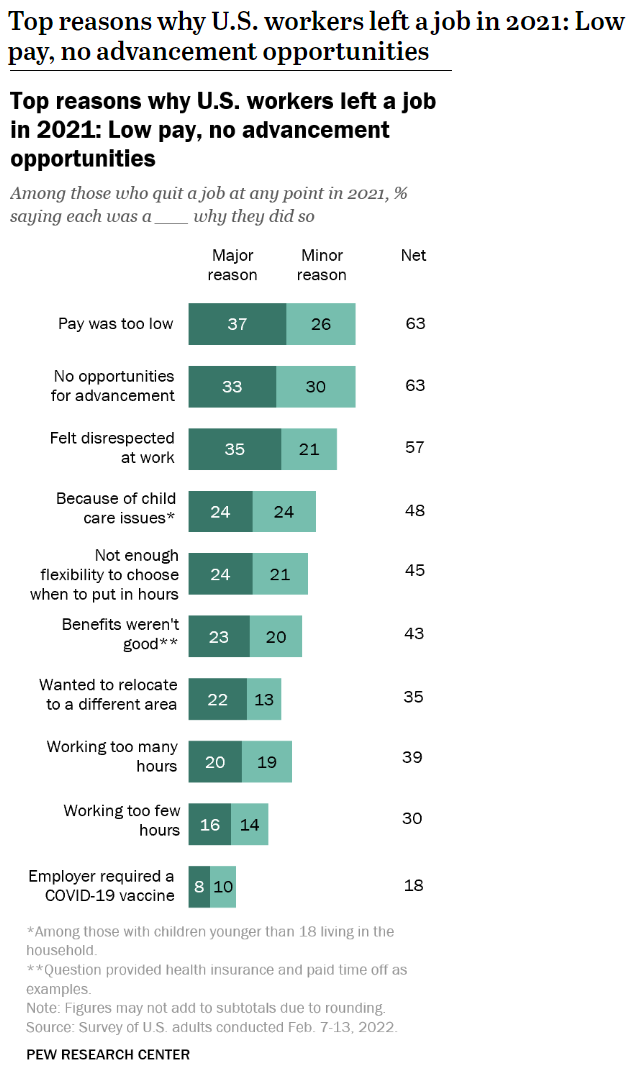
![Tips on how to make Remote Work work for you [It’s here to stay]](https://swae.io/wp-content/uploads/Resources_Swae_Harvard_Business_review_how-to-make-remote-work-work-for-you-its-here-to-stay-1080x675.png)

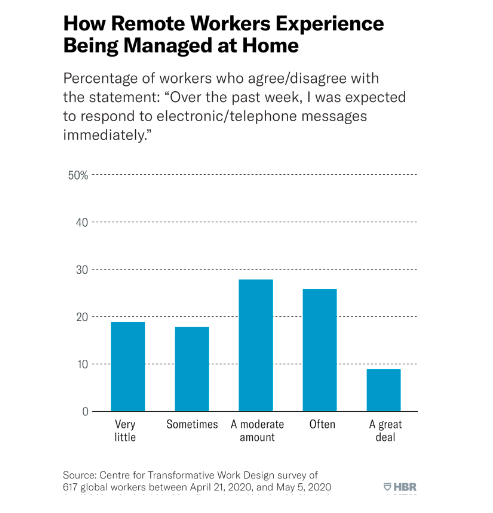
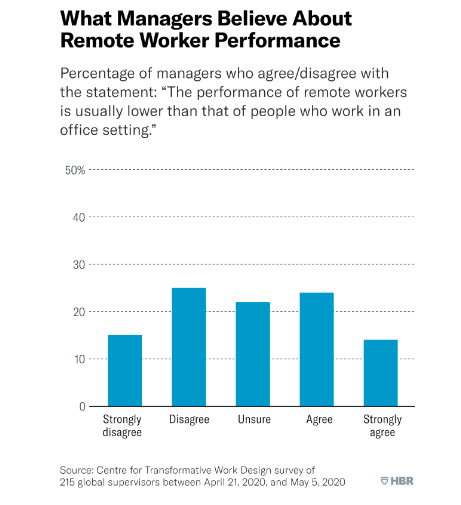
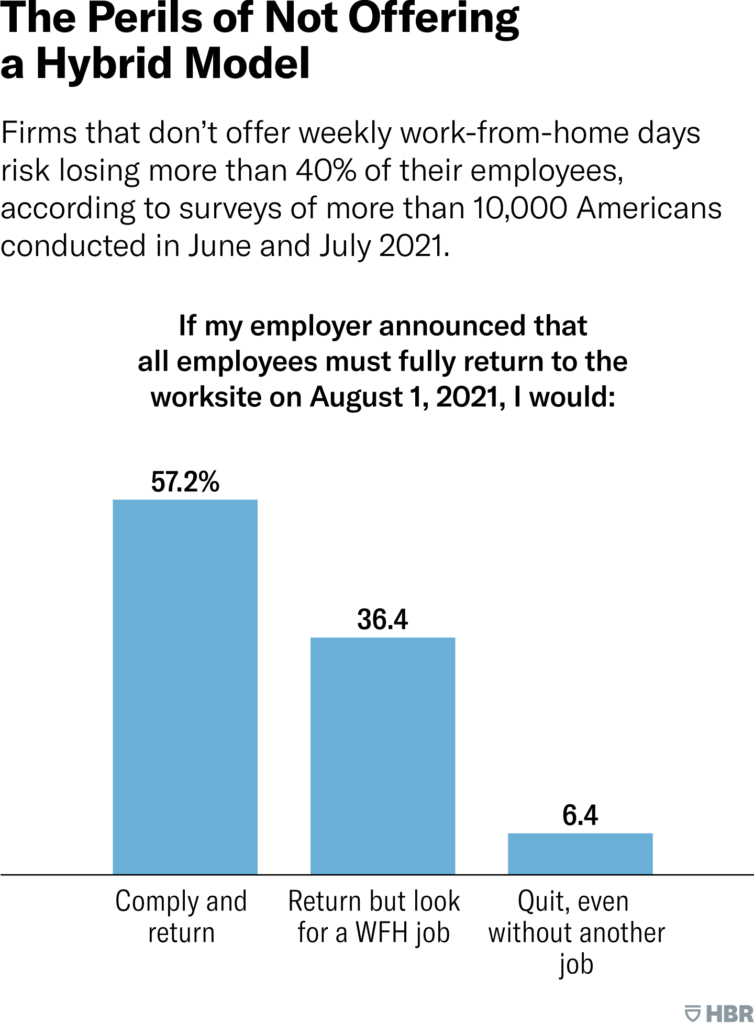
![Approaches to Solving Problems in the Workplace [Harvard Business Review Recap]](https://swae.io/wp-content/uploads/Resources_Swae_Harvard_Business_review_Approaches-to-Solving-Problems-in-the-Workplace-1080x675.png)

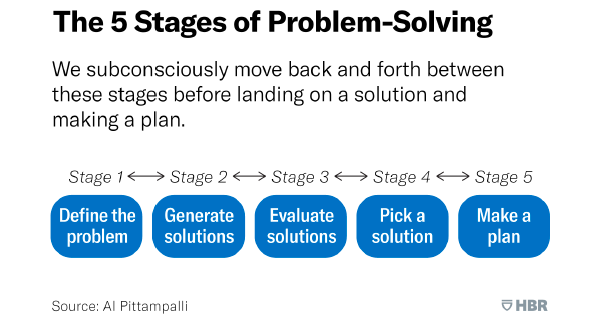
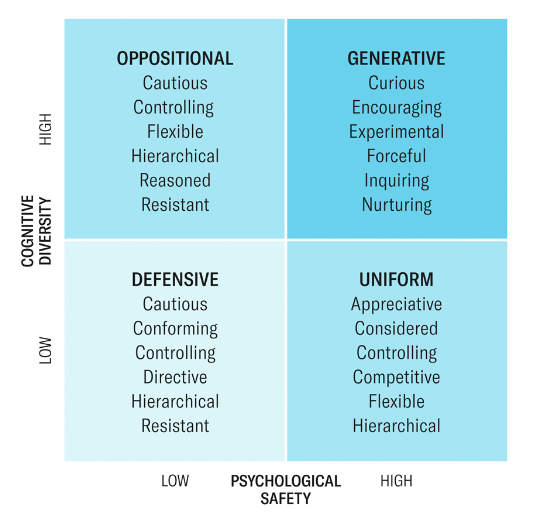
![Supercharge Your Innovation Process [A Playbook for Transformation Through Innovation]](https://swae.io/wp-content/uploads/Swae_Resources_MIT_Sloan_Review_Supercharge-Your-Innovation-Process-A-Playbook-for-Transformation-Through-Innovation-1080x675.png)

![Swae_Resources_MIT_Sloan_Review_Supercharge Your Innovation Process [A Playbook for Transformation Through Innovation]1 FOFO business leaders not listening](https://swae.io/wp-content/uploads/Swae_Resources_MIT_Sloan_Review_Supercharge-Your-Innovation-Process-A-Playbook-for-Transformation-Through-Innovation1-1024x640.png)

